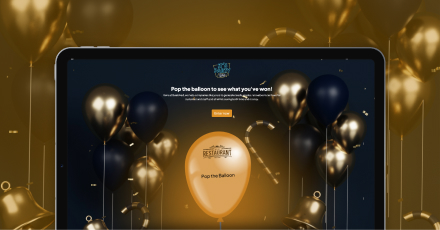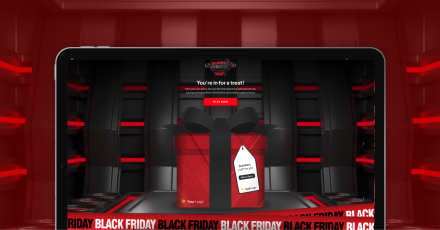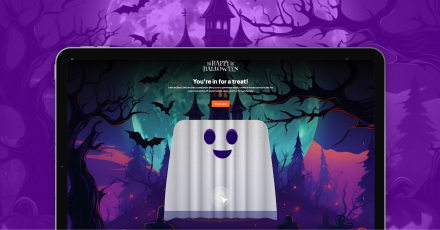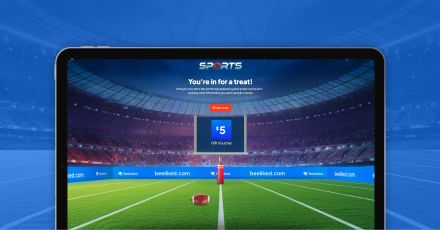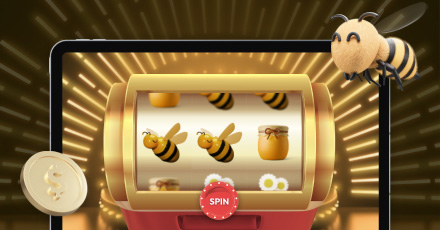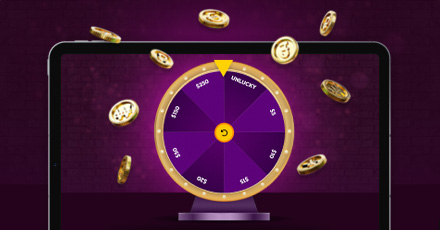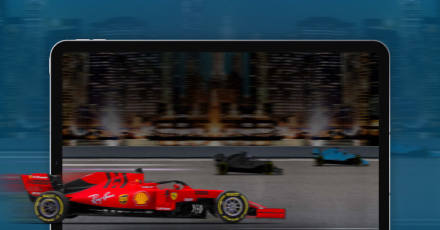Humans compete over just about anything. From school-day sack races to the Olympics, research shows that people seem to be hardwired to compete against their peers. Competition among employees is a much-discussed and debated element that can affect employee engagement, happiness at work, and performance.

Most of the debate over the idea that employee competition is tied to employee performance centers on whether a competitive environment can be healthy.
- Unhealthy workplace competition tends to result in a toxic environment when recognition is reserved for only one “winner.” Employees who feel they’re not getting recognized for their efforts (a positive motivator) can become more stressed, anxious, and disengaged.
- On the other hand, workforce competition is essential because it so often leads to innovation.
In this post, we want to take an in-depth look at how employers can strike a healthy balance and create a healthy competitive workplace environment. We’ll also discuss how employee engagement programs like gamification can be used to foster competitiveness in a balanced and manageable way while creating an environment where employees feel valued and recognized.
How to Be Happy at Work
Engaged employees tend to have similar, recognizable traits. They feel challenged in their job, work well with other employees, and want to help their organization achieve its goals. They also tend to stay in their job longer than employees who are not engaged. If you want your employees to be happier at work, creating an environment where everyone, not just the top performers, can thrive is crucial. Employee engagement programs are a fantastic way to:
- Support an employee’s professional development.
- Increase motivation.
- Build collaboration skills.
- Promote a more positive workplace.
- Encourage open and more productive communication between employees and managers and among employees themselves.

Is Competition in the Workplace a Good Thing?
There’s a lot of value to healthy competition amongst employees, with an emphasis on “healthy.” Done right, it fosters teamwork and brings out the best in people. It can motivate employees to put in more effort and contributes to a winning mindset that enables higher performance.
Together with increased innovation, a competitive workplace also benefits your organization by:
- Encouraging new skills and interests. Learning new skills prepares an employee to tackle new tasks. Your business benefits by reacting quickly to unanticipated changes within the workforce.
- Enhancing productivity. Team competitions encourage engagement and motivate people to want to help each other succeed. They’re also an excellent way for managers to spot leadership and initiative skills, which can lead to promotions and additional responsibilities. Those rewards, in turn, incite employees to work harder to achieve the same.
The key to successful workplace competition is good organization and structure of employee engagement programs. Employees need to know any competition with their peers is grounded in trust and productivity, not fear and despondency.
Is it Good to be Competitive in the Workplace?
From an individual’s point of view, peer comparison can be a strong motivator to work harder and longer. Plus, competitive feelings indicate an employee’s desire to learn, improve, and win.
Problems with workplace competitiveness arise when it becomes toxic. A person with a healthy outlook on competition exhibits a willingness to push boundaries, problem-solve, and trust their instincts, all excellent skills that lead to greater innovation and organizational success.
Does Competition Increase Performance?
Competition encourages people to try new things and even go outside their job duties. The feeling of being challenged often leads to greater performance. The secret to striking a healthy balance with workplace competition is ensuring that people compete against each other and with themselves. This result is one of the most significant benefits that gamification offers.
To understand how gamification helps build an individual’s engagement, motivation, and productivity, think about how successful fitness trackers have become. When people count how many steps they walk per day, they’re naturally going to want to walk more to hit or surpass goals. It’s the same with gamification. The real-time feedback and rewards employees get for their performance are going to motivate them to do better. Managers can set goals employees can track in real-time, have them compete with themselves and others, and drive intrinsic value. And when goals are realistic, employees feel happier and are less likely to disengage.

How to Create Healthy Competition in the Workplace
How do you ensure you’re creating healthy employee competition? Not every technique works for every organization, but some core strategies consistently show up in successful employee engagement programs.
Set Clear Goals
Competitions should focus on a specific and worthwhile goal. For instance, instead of a competition to determine “the best new widget,” frame it as “the best new widget that has six parts or less.” This success metric brings value to employees and employers alike.
Explain Why There’s a Competition
Communicate with employees the benefits they and the organization can gain. This approach unifies employees around a common goal and helps eliminate the risk of creating a negative environment where people focus on individually winning.
Encourage Employees to Challenge One Another
Healthy debate and open communication promote healthy conflict, which is key to encouraging employees to challenge and learn from one another. That, in turn, can be a catalyst for improvement and innovation. People should be encouraged to share their respectful opinions freely, and management must convey they value those opinions, even if they eventually don’t “win” the game.
Design Team Building Activities
Gamification is a terrific employee engagement activity that guides, motivates, and incentivizes employees, even those working remotely. BeeLiked’s interactive games help employees reach goals, celebrate accomplishments, and receive the recognition they desire. A few examples:
- Quiz Creator is a game of skill that tests employee knowledge and builds employee engagement.
- Digital Scratch Card is a crowd favorite that can be used as a sales motivator.
- Spot the Ball can be used in training sessions or to identify hidden talents.
Ultimately, these and other gamified competitions aim to foster team building and allow people to have fun as they get to know—and appreciate—one another.
Provide Rewards With Real Value
A study out of Harvard Business School found that shorter, more intense competition brings out more creativity and better employee performance. Too much emphasis on competition, on the other hand, can cause employees to lose enthusiasm and motivation. Keep in mind there’s a time and place for employee engagement programs that include competition. The last thing you want to have to happen is where competition excitement turns to hostile rivalry! It’s best to create less frequent but more meaningful competitions that focus on achievable goals and building camaraderie.
Short-term competitions with clear end goals allow employees to unwind and rewind before participating in the next competition. While the rewards offered must have real value to employees, they don’t have to be financial ones.
Reward Efforts, Not Just Results
No matter which team “wins,” it’s important to acknowledge the hard work and effort other players brought to the competition. This doesn’t mean everyone gets a “participation trophy.” A brief post-competition meeting to discuss lessons learned, personal achievements, and how employees felt about the competition can also be a time to recognize individual and team accomplishments.

Celebrate Winners and “Losers” Alike
Continuing with the idea of rewarding efforts, not just results, it’s important not to end up with employees who feel they completely failed because they didn’t win the competition. Winners may take home the prize, but the underdogs should not be taken to task for not winning, and they shouldn’t, in most workplace environments, receive “booby prizes.” Diminishing employee efforts in this way can only lead to anxiety, fear, and disengagement, with employees less likely to want to compete again.
Simple thank-yous to your team and individuals for their participation, celebrations that honor the winners, and sincere praise to runner-ups acknowledge everyone’s contribution. They ultimately benefit the organization through better employee engagement, less turnover, and an improved bottom line.
About BeeLiked
BeeLiked believes employee engagement can make a real difference in employee attitude, motivation, happiness, and productivity. Organizations can yield real, measurable results and boost business success with the right employee engagement techniques, such as gamification. Get in touch with us today to set up a no-obligation discovery call and to learn more about how gamification can help your organization reach its employee engagement goals.
